Adversaries: WW1 & WW2
Germany.
![]()
Most of these aircraft, but not all, have tangled in some way (mostly unsuccessfully) with the Fleet Air Arm:
 Main Index
Main Index

Click on the icon or scroll down to see the models
Royal Bavarian Air Service / Imperial German Air Service 1916
Airfix, 1/72.
The LFG Roland C.11 design was the first of a range of advanced German Aircraft introduced from 1916. Its streamlined wooden monocoque fuselage, assembled from moulded and cross planked plywood sheets, gave it a comparatively high speed and earned it the nickname "Walfisch" (whale). However, a poor understanding of aerodynamic principles meant that the closely mounted biplane wings were prone to sudden stalls.
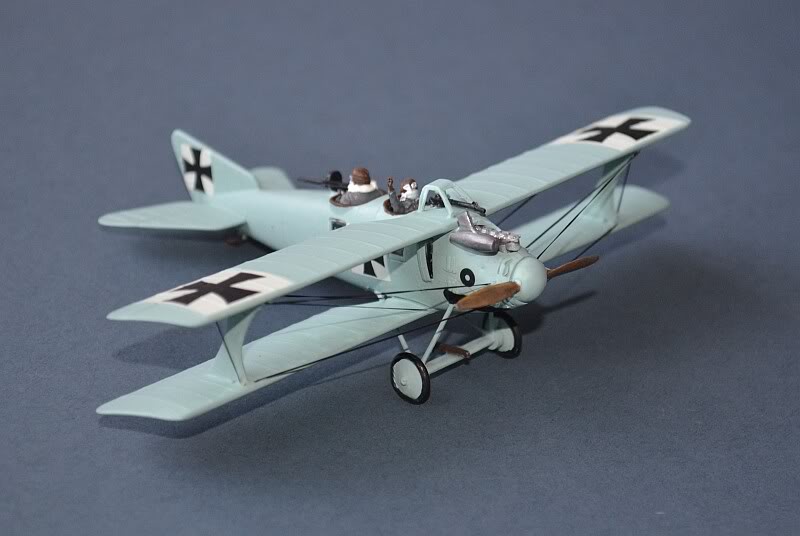
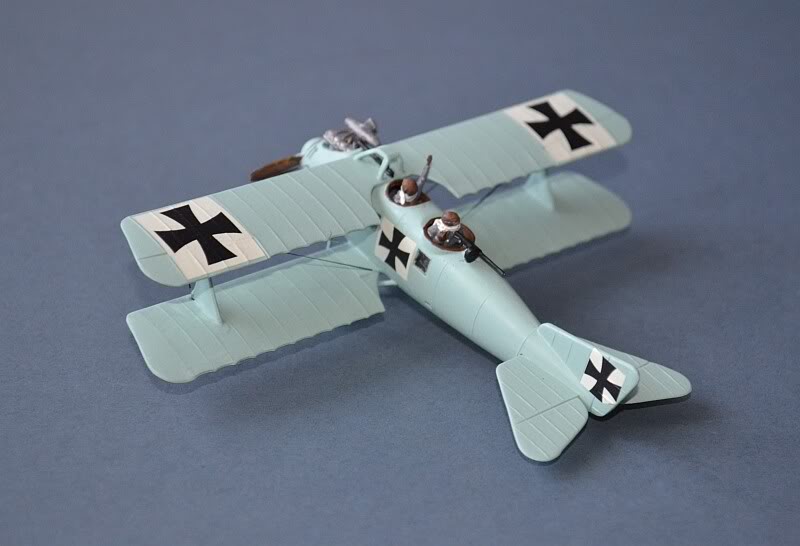
This aircraft was the mount of Eduard Ritter von Schleich, a high scoring Bavarian flying ace of World War I. He was credited with 35 aerial victories and a recipient of the "Order Pour le Mérite" (sometimes known as the "Blue Max"), the Kingdom of Prussia's highest military award.
In the run-
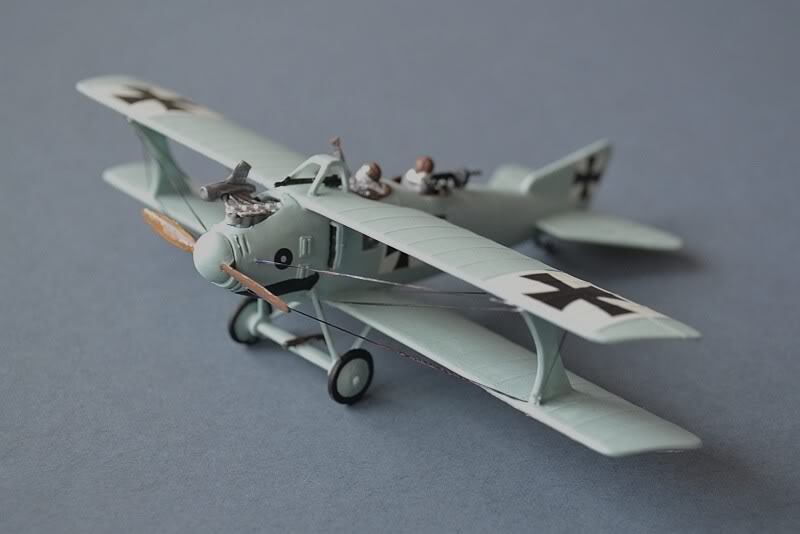
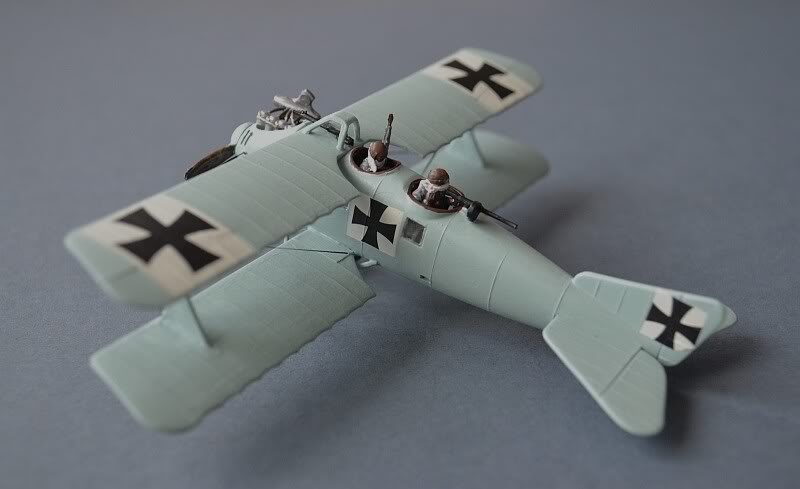
JaSta 25, Imperial German Air Service 1917
Eduard, 1/72.
The Albatross D.V entered service with the Imperial German Air Service (Luftstreitkrafte) in May 1917 as a development of the earlier Albatross D.III. It proved to have few real improvements on the earlier aircraft and structural weaknesses with its lower wings earned it a poor reputation.
Nevertheless, despite this the Germans had little choice but to use it in large numbers (over 900 were built), although an improved variant, the D.Va managed to resolve some of the issues and saw a further 1,600 built, with many remaining in service until the Armistice in November 1918.
The aircraft depicted is thought to be that of Leutnant Franz Xaver Danhuber whilst he was serving with Jasta 26, based at Abeele in Belgium during 1917. Danhuber was credited with 11 victories.

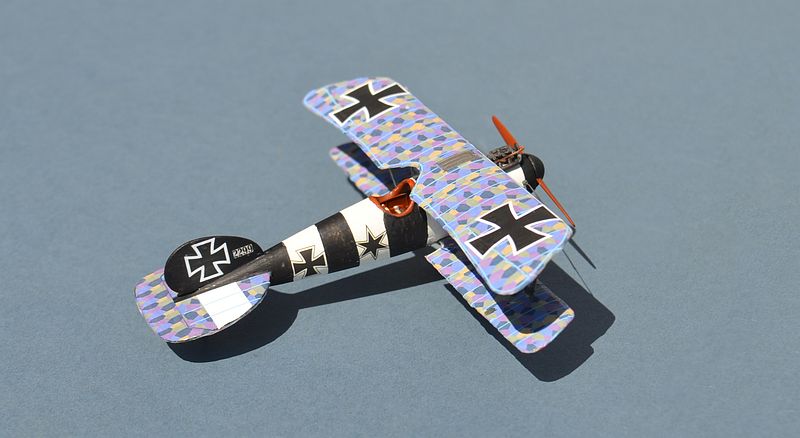


JaSta 15, Imperial German Air Service 1918
Revell, 1/72.
The Fokker D.VII, designed by Reinhold Platz, was one of the finest German aircraft of World War 1, with over 3,300 produced in the 2nd half of 1918 alone. It restored much of the technical superiority that Germany aircraft had lost to the Allies in late 1917, but came too late to regain the strategic advantage in the air. The aircraft was regarded so highly by the Allies that it gained specific mention in the Armistice treaty, with Germany required to hand over all aircraft (as well as being banned from building any more).




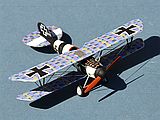
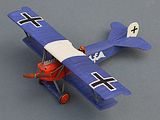
www.gengriz.co.uk